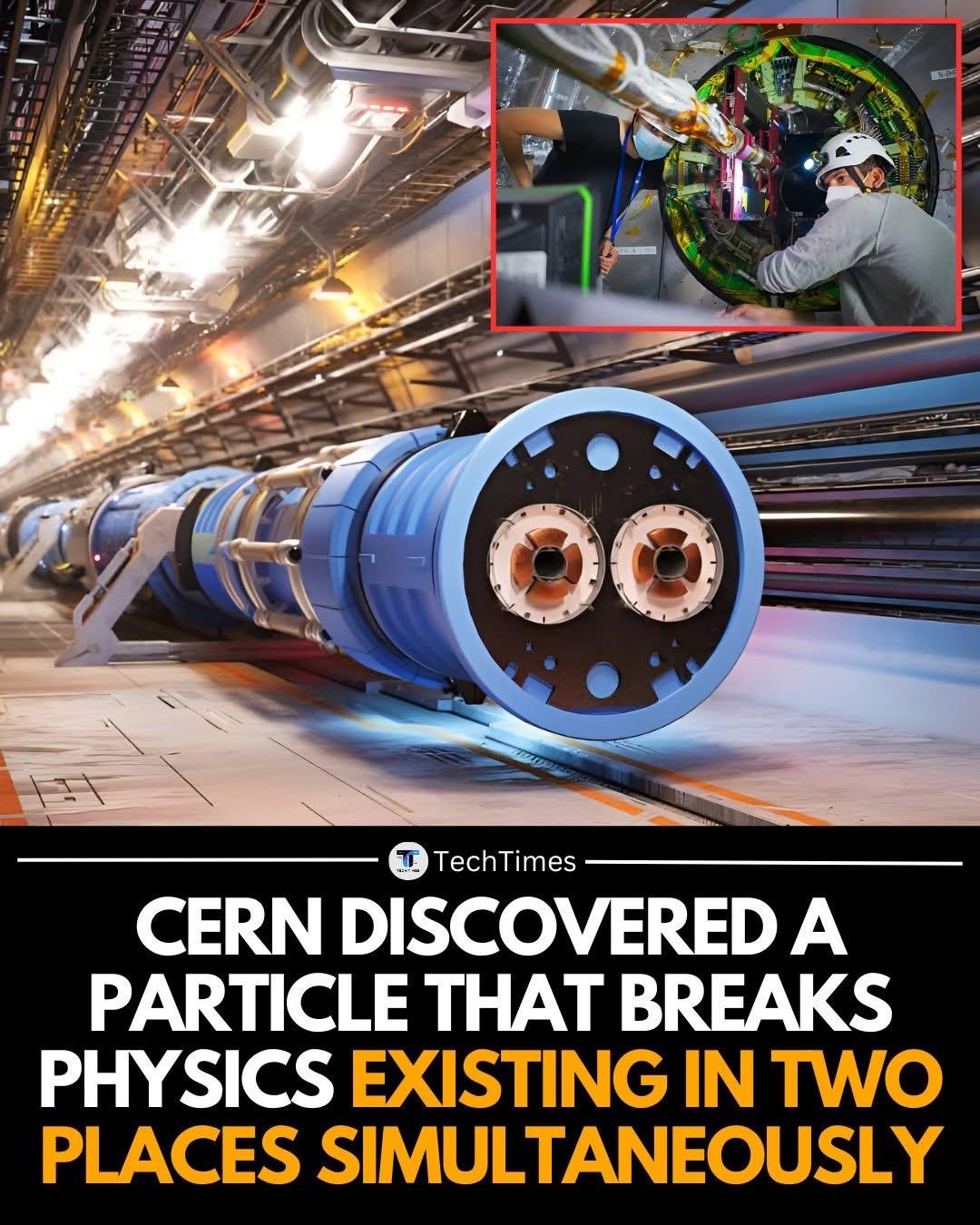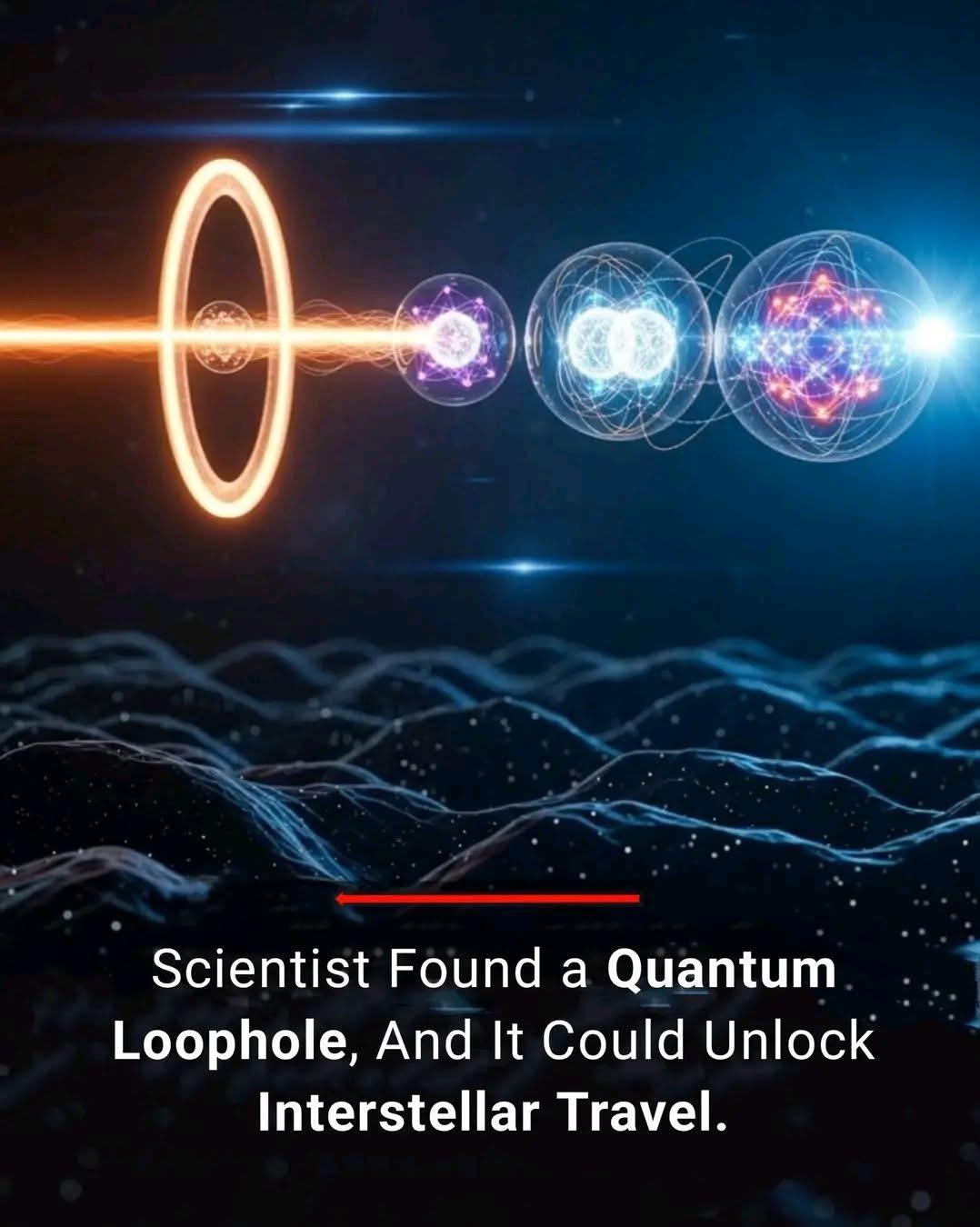'International Kaulantak Siddha Vidya Peeth' (IKSVP) is proud to announce that we are going to conduct a two day sadhana course on Chanda Bhairava on 27 and 28th of December 2025.
Chanda Bhairava, one of the eight powerful manifestations of Bhairava known as the Ashta Bhairavas, represents the fierce, transformative, and unstoppable aspect of Swacchanda Bhairava Shiva. The name “Chanda” itself signifies a force that is intense, wrathful, and unconquerable—an energy that destroys fear, ignorance, and negative influences while fiercely guarding truth and cosmic order. Traditionally depicted with a deep blue or smoky-blue form, he embodies the vast, limitless expanse of Shiva’s consciousness. His wrathful expressions, blazing aura, and penetrating third eye symbolize the divine fire that burns away illusion, weakness, and inner shadows. His vahana, the peacock, reflects his ability to transmute toxic, destructive forces into spiritual clarity and strength, just as the peacock turns poison into iridescent beauty. Armed with weapons such as the bow, arrow, sword, and skull-topped staff, he serves simultaneously as destroyer and protector—shattering obstacles, repelling hostile energies, and empowering the seeker with unshakeable resolve.
In the Siddha Dharma tradition, the worship and sadhana of Chanda Bhairava have been practiced since ancient times. This lineage describes him not only as a fierce guardian but as a liberator who frees the practitioner from all pashas—the binding limitations, attachments, fears, and mental knots that restrict spiritual evolution. By removing these internal fetters, Chanda Bhairava accelerates the seeker’s progress on the path of adhyatma (spiritual realization), granting them inner freedom, clarity, and fearlessness. Moreover, Siddha Dharma texts state that Chanda Bhairava destroys the "heat of Kali Yuga"—the mental burdens, confusion, restlessness, and psychological toxins characteristic of this age—purifying the mind and stabilizing the seeker’s consciousness. Thus, his sadhana becomes a powerful tool not only for protection but for deep inner transformation. For those who wish to explore his ancient practices, symbolic meanings, and esoteric dimensions in greater depth, it is advised to await the forthcoming article on Siddhapedia, which will elaborate further on his significance in the Siddha Dharma tradition.
#ashtabhairava #chandabhairava #bhairava #bhairav #sadhana #himalayantantra #Tantra
#HimalayanDevaParamapara #SiddhaDharma #Siddhatradition #LordShiva #BhagwanShiv #Mahadev #SwachhandBhairav #kurukulla #AncientWisdom #Siddhapedia #kaulantakpeeth #kulantpeeth #Ishaputra #MahasiddhaIshaputra #MahayogiSatyendraNath #Meditation #sanatandharma #Transformation #SpiritualJourney #HimalayanSiddhas #Hindu #Adhyaatma #himalayangod'International Kaulantak Siddha Vidya Peeth' (IKSVP) is proud to announce that we are going to conduct a two day sadhana course on Chanda Bhairava on 27 and 28th of December 2025.
Chanda Bhairava, one of the eight powerful manifestations of Bhairava known as the Ashta Bhairavas, represents the fierce, transformative, and unstoppable aspect of Swacchanda Bhairava Shiva. The name “Chanda” itself signifies a force that is intense, wrathful, and unconquerable—an energy that destroys fear, ignorance, and negative influences while fiercely guarding truth and cosmic order. Traditionally depicted with a deep blue or smoky-blue form, he embodies the vast, limitless expanse of Shiva’s consciousness. His wrathful expressions, blazing aura, and penetrating third eye symbolize the divine fire that burns away illusion, weakness, and inner shadows. His vahana, the peacock, reflects his ability to transmute toxic, destructive forces into spiritual clarity and strength, just as the peacock turns poison into iridescent beauty. Armed with weapons such as the bow, arrow, sword, and skull-topped staff, he serves simultaneously as destroyer and protector—shattering obstacles, repelling hostile energies, and empowering the seeker with unshakeable resolve.
In the Siddha Dharma tradition, the worship and sadhana of Chanda Bhairava have been practiced since ancient times. This lineage describes him not only as a fierce guardian but as a liberator who frees the practitioner from all pashas—the binding limitations, attachments, fears, and mental knots that restrict spiritual evolution. By removing these internal fetters, Chanda Bhairava accelerates the seeker’s progress on the path of adhyatma (spiritual realization), granting them inner freedom, clarity, and fearlessness. Moreover, Siddha Dharma texts state that Chanda Bhairava destroys the "heat of Kali Yuga"—the mental burdens, confusion, restlessness, and psychological toxins characteristic of this age—purifying the mind and stabilizing the seeker’s consciousness. Thus, his sadhana becomes a powerful tool not only for protection but for deep inner transformation. For those who wish to explore his ancient practices, symbolic meanings, and esoteric dimensions in greater depth, it is advised to await the forthcoming article on Siddhapedia, which will elaborate further on his significance in the Siddha Dharma tradition.
#ashtabhairava #chandabhairava #bhairava #bhairav #sadhana #himalayantantra #Tantra
#HimalayanDevaParamapara #SiddhaDharma #Siddhatradition #LordShiva #BhagwanShiv #Mahadev #SwachhandBhairav #kurukulla #AncientWisdom #Siddhapedia #kaulantakpeeth #kulantpeeth #Ishaputra #MahasiddhaIshaputra #MahayogiSatyendraNath #Meditation #sanatandharma #Transformation #SpiritualJourney #HimalayanSiddhas #Hindu #Adhyaatma #himalayangod















